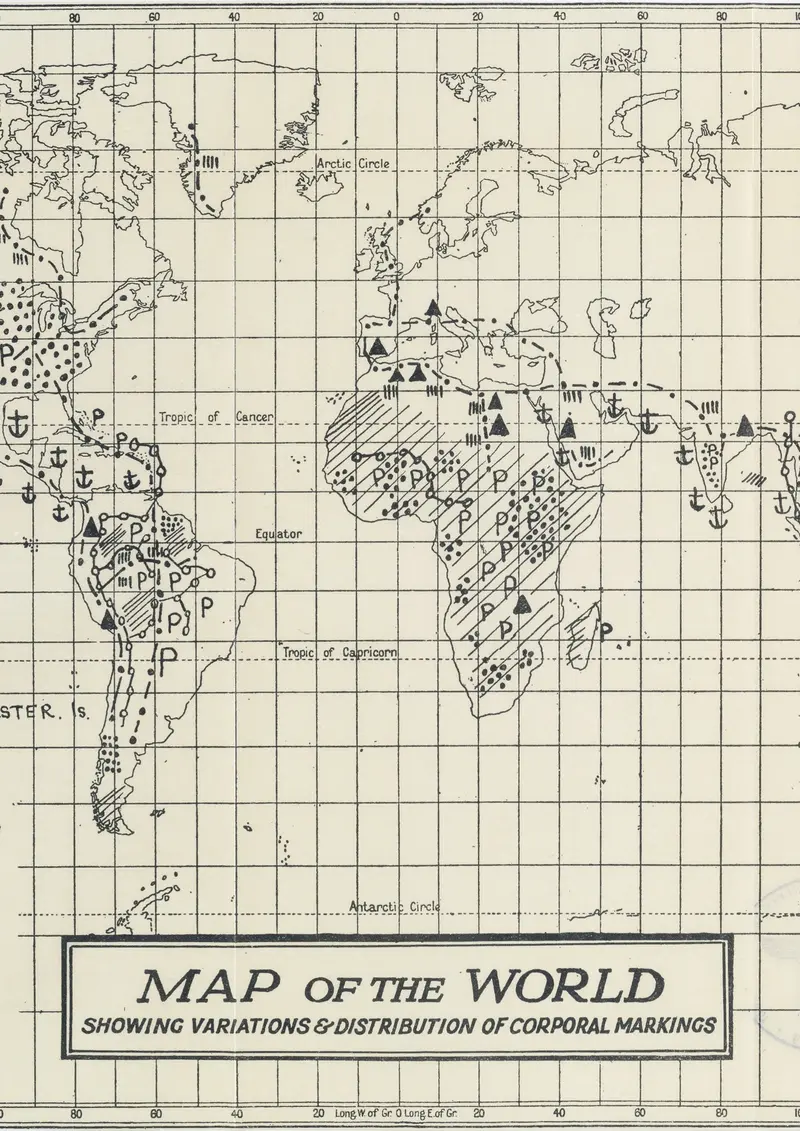[Translate to English:] text 1
Tattoo art already had a long history in Europe but was given new impulses by the advent of the word "tatau." Even the Ötzi mummies from the Neolithic period bore 61 marks on the skin, while the Pikten (Scots at the time of the Roman Empire) were tattooed, and the ancient Greeks and Romans used the skin stiches to mark and punish slaves and criminals. The fact that tattoos also played a role in the Middle Ages are confirmed by church prohibitions and court records. The penalty gave the tattoo something heinous.
In the 18th century, the images on the skin were seen as something "foreign." Tattooed people showed themselves in carnivals and in theaters to satisfy the curiosity of the audience lusting for the exotic. Telling an adventurous abduction story, the tattooed person became the figure who triggered both terror and fascination at the same time.

